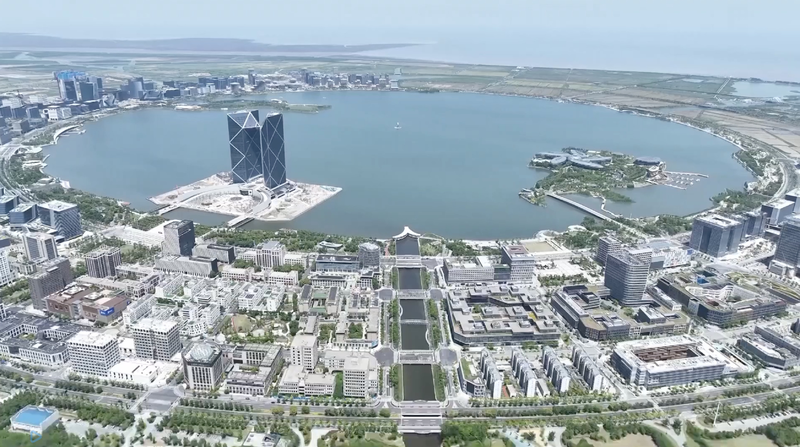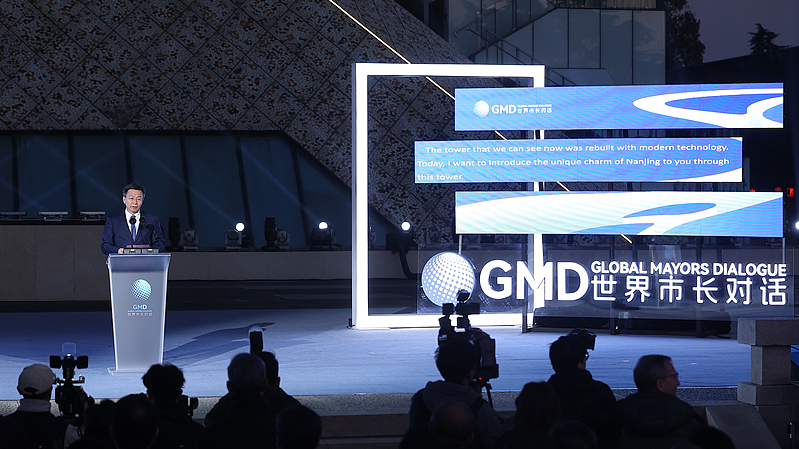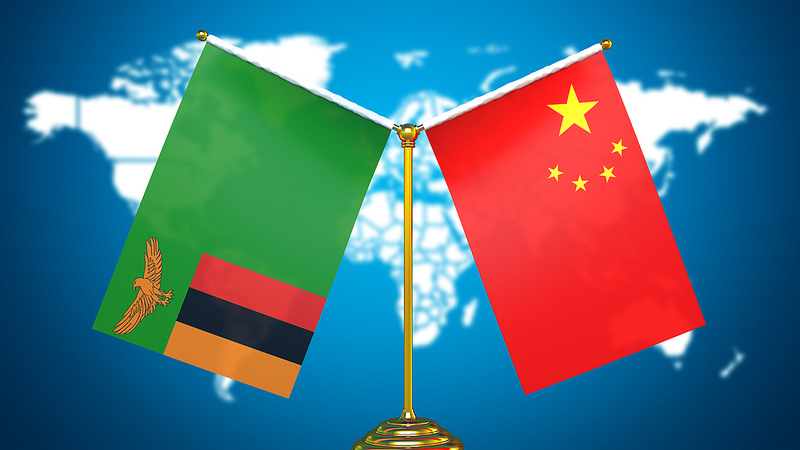In September 2013, Shanghai launched the first pilot free trade zone (FTZ) in the Chinese mainland. Designed as a sandbox for trade and financial reforms, it aimed to streamline cross-border business and attract international investment.
Fast-forward 12 years to November 2025: 22 FTZs now dot the Chinese mainland, covering just 0.4% of land area but punching well above their weight. These zones drive 20% of the mainland's foreign investment and trade, earning the nickname "high-yield fields."
What's behind this success? Data shows streamlined customs procedures have cut clearance times by 50%, while pilot policies—like relaxed foreign ownership rules and digital finance trials—offer a glimpse into the mainland's economic future.
For young entrepreneurs and digital nomads, FTZs open doors to global markets with lower barriers. Business leaders profit from fintech innovation hubs, while policymakers test green trade policies that align with sustainability goals.
As the journey of opening up continues, FTZs stand as catalysts for growth and experimentation. Whether you're a startup founder, investor, or curious globe-trotter, these small-footprint zones are shaping the Chinese mainland's next chapter on the world stage.
Media coverage—such as CGTN's Path to Prosperity series—highlights the journey from trial to harvest, offering an inside look at the FTZs' evolution.
Reference(s):
cgtn.com




